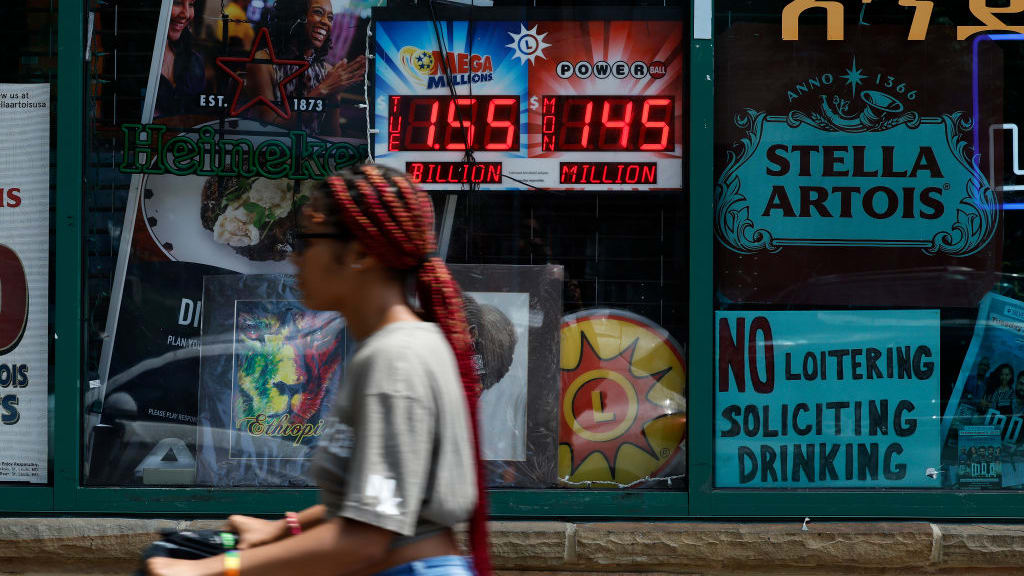Archaeologists find evidence of 'magic' once used at the Tower of London


The infamous Tower of London, a symbol of a bloody and paranoid 200 years of English history, was ritually protected by "magic" thought to keep the devil at bay, according to new discoveries made by archaeologists surveying sections of the historic site. During the 16th and 17th centuries, around 80 people were executed in or around the Tower of London during the Reformation, Counter-Reformation, Civil War, and ongoing witch hunts and religious upheaval that plagued the nation. In order to protect themselves in the fortress, it appears that at least some of the inhabitants of the Tower would burn marks into the support structures of the building, meant to confuse demons and shield the building from threats of fire, lightning, and witches' spells, The Independent reports.
Iframe Code
The Week
Escape your echo chamber. Get the facts behind the news, plus analysis from multiple perspectives.

Sign up for The Week's Free Newsletters
From our morning news briefing to a weekly Good News Newsletter, get the best of The Week delivered directly to your inbox.
From our morning news briefing to a weekly Good News Newsletter, get the best of The Week delivered directly to your inbox.
Lasting symbols of such rites include two double V signs for the Virgin Mary, two mesh patterns to "net" the devil and his demons, and a wheel-shaped "hexfoil," intended also to trap supernatural, malicious forces. Animal bones in a chimney, dating to the early 1700s, were also apparently used to distract the devil in the Tower. Fifty-four different ritual burns also mark a part of the fortress' interior; 20 ritual protection burns were used to protect the Queen's House, where the monarch's representative in the Tower of London lived.
Taken together, the discoveries amount to one of the largest groups of ritual protection marks ever found in Britain, Matthew Champion, an expert on ritual graffiti, said.
A free daily email with the biggest news stories of the day – and the best features from TheWeek.com
Jeva Lange was the executive editor at TheWeek.com. She formerly served as The Week's deputy editor and culture critic. She is also a contributor to Screen Slate, and her writing has appeared in The New York Daily News, The Awl, Vice, and Gothamist, among other publications. Jeva lives in New York City. Follow her on Twitter.
-
 Nobody seems surprised Wagner's Prigozhin died under suspicious circumstances
Nobody seems surprised Wagner's Prigozhin died under suspicious circumstancesSpeed Read
-
 Western mountain climbers allegedly left Pakistani porter to die on K2
Western mountain climbers allegedly left Pakistani porter to die on K2Speed Read
-
 'Circular saw blades' divide controversial Rio Grande buoys installed by Texas governor
'Circular saw blades' divide controversial Rio Grande buoys installed by Texas governorSpeed Read
-
 Los Angeles city workers stage 1-day walkout over labor conditions
Los Angeles city workers stage 1-day walkout over labor conditionsSpeed Read
-
 Mega Millions jackpot climbs to an estimated $1.55 billion
Mega Millions jackpot climbs to an estimated $1.55 billionSpeed Read
-
 Bangladesh dealing with worst dengue fever outbreak on record
Bangladesh dealing with worst dengue fever outbreak on recordSpeed Read
-
 Glacial outburst flooding in Juneau destroys homes
Glacial outburst flooding in Juneau destroys homesSpeed Read
-
 Scotland seeking 'monster hunters' to search for fabled Loch Ness creature
Scotland seeking 'monster hunters' to search for fabled Loch Ness creatureSpeed Read


